The Creole Culture
Mississippi River Basin
|
NEW ESRI StoryMaps: What's On Our Shelves & NWNL Song Library & No Water No Life ESRI |
Mississippi River Basin
Madeleine Cenac
Owner of Maison Madeleine B&B
Alison M. Jones
NWNL Director and Photographer
All images © Alison M. Jones. All rights reserved.
NWNL Madeleine its been a pleasure staying at your lovely home – and a Creole breakfast is the best way to start a day! Thank you. Let’s start our discussion with your describing where we are.
MADELEINE CENAC I live at Lake Martin, between Breaux Bridge and Lafayette. Our home adjoins the Lake Martin Rookery, one of the larger rookeries in the southern part of the country.
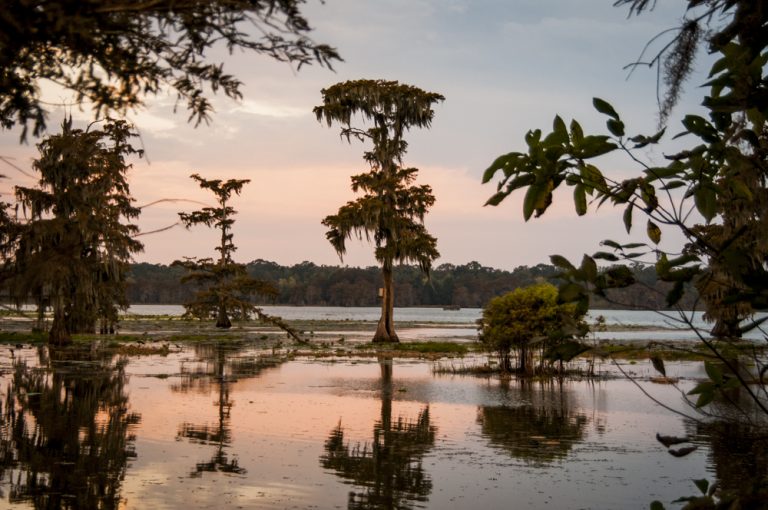
NWNL You have a fascinating background. Please share your family’s story.
MADELEINE CENAC In 1860, my great-grandfather, Piers Cenac, came to America at the age of 21. His older brothers had been conscripted into the Army; so the parish priest thought that for Piers, being the third son, he would write a recommendation so he could obtain passage to America. Piers worked as a baker in Bordeaux, France, for two years to collect enough money and was actually the last passenger to board the sailboat called The Texas.
It was a two month trip. Piers arrived in New Orleans on Christmas Eve by himself. I’m sure he didn’t have much money left and was glad to get off of that boat. He eventually made his way down to Houma, Louisiana, because another Frenchman from a town not far from his hometown was in there. Piers ran a bakery in Houma and then met a woman, married and had 14 children. He started supporting his family by fishing oysters. Then he started packing oysters. He began shipping the oysters when the train came and ice was being produced in that small community. His oysters were eventually sent all over America and Mexico, as I’ve been told.
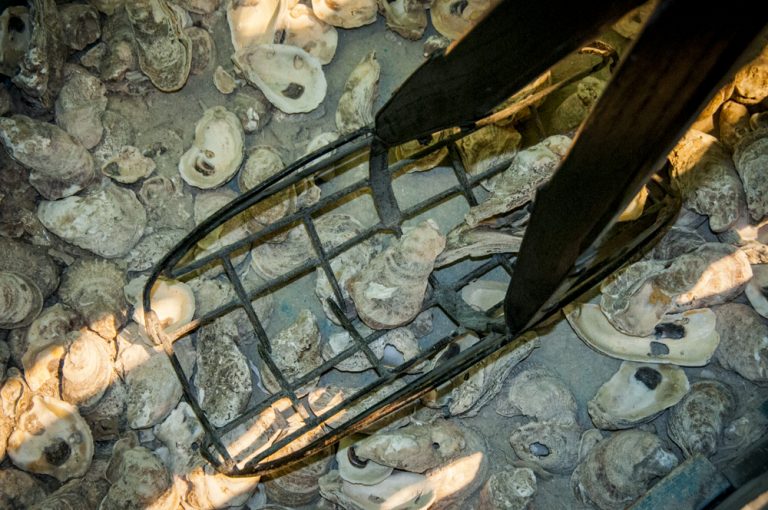
NWNL And you have Indian ancestors as well?
MADELEINE CENAC Yes, well our mother never told us that her mother was Indian. After her funeral, her sister kind of gathered us all up and told us that we were Cherokee Creek Native Americans. It’s a source of pride for me now. But that wasn’t the case for her.
Beyond that, when my mother’s older brothers enlisted in the Navy in World War II, she followed them and also enlisted. She was a WAVE in New York City when my father was as a doctor there. A mutual friend said, “There’s a woman here from Louisiana.” Well they wouldn’t have had anything in common because she was from North Louisiana, which might as well be a different state; but they met. He was Catholic and she was Methodist, so it was quite a thing for them to get married. Anyway, they did after he got off his boat at the end of the war at the age of 27; and they had six kids.
NWNL How did you get to Lake Martin?
MADELEINE CENAC I moved to Lake Martin to start a new life with my children. I wasn’t going to be in a new house. I had to be in a home that had a history, sense of family or “a soul” in a way. So, I fell in love with this ramshackled, little Creole cottage in the middle of a sugarcane field. It was virginal when I walked in, with only the wear of time. Windows were missing, doors were missing, and the roof was. I knew I could make it work as my home. Two years into the project, it did feel like I’d taken on more than I could handle; but we persevered.
NWNL What is the history of your cottage?
MADELEINE CENAC It was built in the vernacular style of French Creole cottages, probably around 1840. I don’t know who built it. It was a small working plantation, probably yielding a single crop of sugar cane. It had sat abandoned since 1920 without indoor plumbing or electricity.
NWNL This amazing restoration, certainly honors your local culture and its vernacular. More broadly, which physical attributes of the Atchafalaya Basin has helped shape this Creole culture? Maybe its rich soil, its plentiful natural resources, or….?
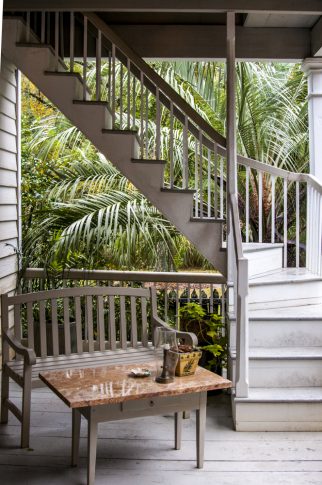
MADELEINE CENAC My friends from other parts of the country say that what they observe here is that Creole people’s lives all center around family. Everywhere you really look, there will be families. The children may explore other areas of the country, but eventually they come back to Louisiana. That tie binds everything in this area food, meals with the family, and music for parties and friends. I really think family is the binder.
When the Acadians they first got here, they had nothing. They were farmers, but also many Creoles came directly from France. They came with money and grew one crop that produced money so that they could buy other things that they needed. It’s totally different culture from the Acadian culture that’s here.
NWNL What natural resources here have supported the local Creole farmers?
MADELEINE CENAC Well that would be the fertile land and of course the nearby waterways.
NWNL Is there one resource in particular that has made life so rich here?
MADELEINE CENAC Well, in my family of course, it was oysters. Otherwise, cattle and crops – sugarcane mainly. And then, in the early thirties, the big resource became oil. As a matter of fact, since my family had oyster boats, they were approached by oil companies and asked to move their equipment. This happened in the thirties and the forties. Thus that branch of my family has blown into a company called Cenac Towing. It’s done quite well over the years because of that.
NWNL So oysters got your family involved with the oil business….
MADELEINE CENAC Mm-hmm. Mm-hmm.
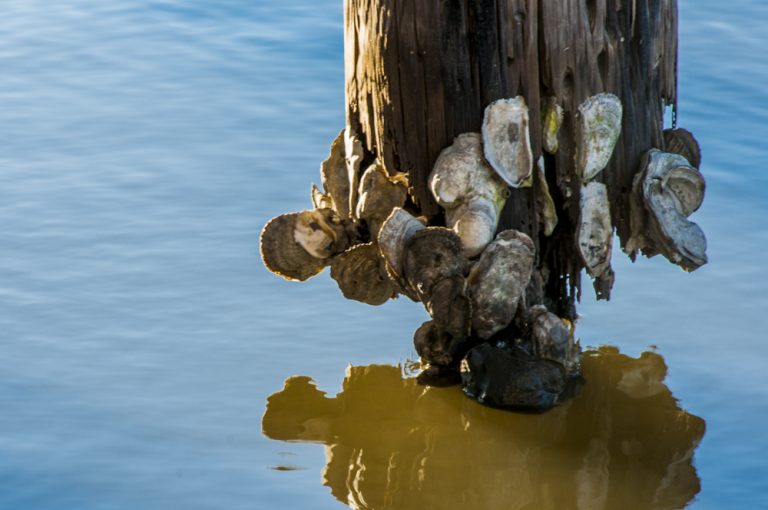
NWNL That lead me to concerns about the environmental impacts, physical impacts, or cultural impacts of the oil and gas industry. What is the future you see for this region? Will it stay like this? Has it changed?
MADELEINE CENAC I do have fears about coastal erosion. The land that my great-grandfather bought at the turn of the century is now totally under water. So I know from my family’s perspective, that erosion is a continuing problem — and it’s reaching further and further up the coast.
NWNL Are there are enough efforts to address this ongoing problem?
MADELEINE CENAC I think it’s a huge problem that no one knows how to solve.
NWNL Do you think your children will come back here to live? If so, what might their occupational focuses be?
MADELEINE CENAC Well, I have a newsflash, as of the last week. My son, a sculptor who’s been living in Chicago for 5 years, is thinking about coming back home. I’m very happy about that.
NWNL What brings him back?
MADELEINE CENAC Family. He’s lived in a big city and kind of gotten that out of his system. He’s 32 now and thinking about the future. He wants to come back home.
NWNL What great news for you! I wish you wonderful times here together with your family. And thank you for a lovely stay in your home.
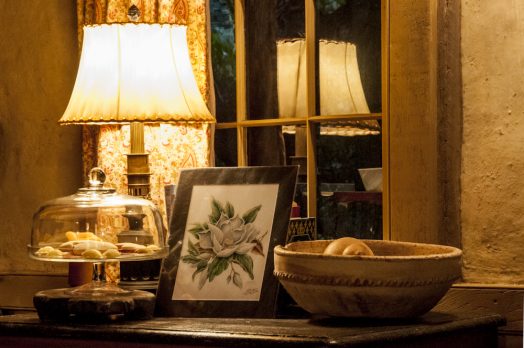
Posted by NWNL on February 20, 2019.
Transcription edited and condensed for clarity by Alison M. Jones.
All images © Alison M. Jones. All rights reserved.
